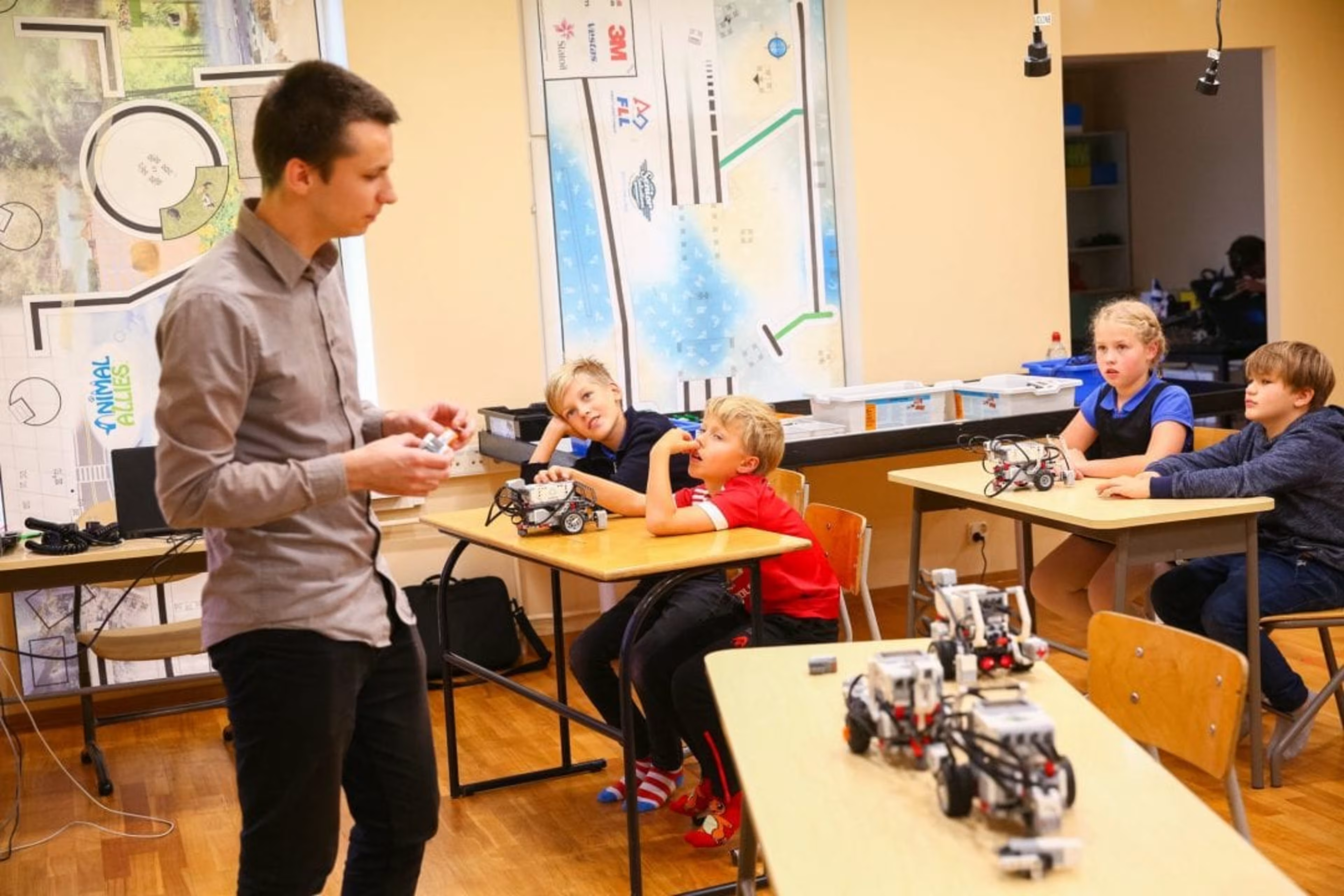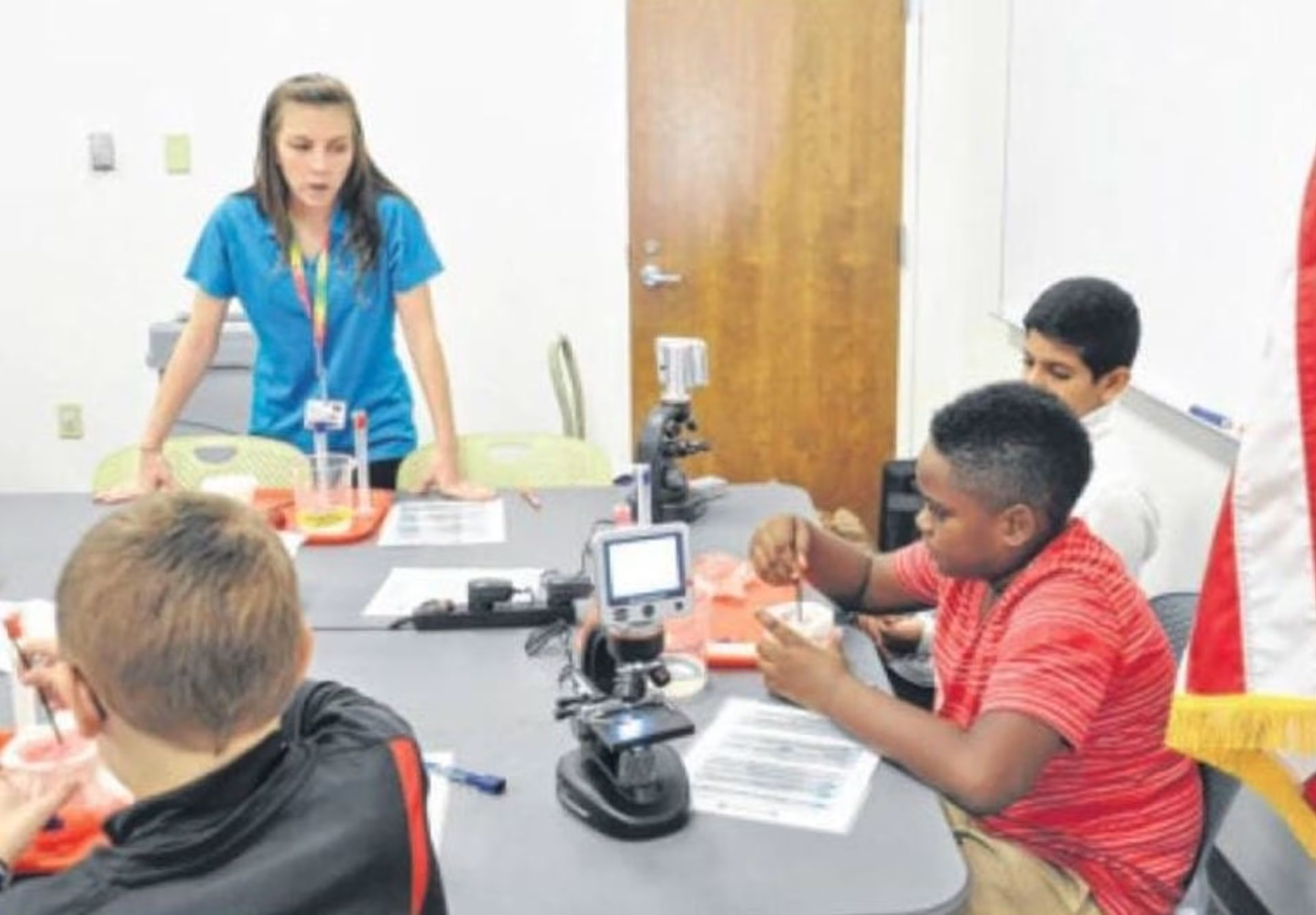“Tell me and I'll forget; show me and I may remember; involve me and I'll understand."
The more we research educational practices, the more we find that traditional learning methods in the classroom—such as lectures and tests—are failing to fully educate today's students. Lectures are not only sometimes boring, they are an ineffective method of teaching students.
Zachary Jason at Harvard partially blames this problem on student boredom. With each passing year, the number of students engaged in class drops. Students are tired of the emphasis on standardized testing and as they grow older, their education transitions from active and creative, to “cerebral and regimented."
Todd Rose, director of the Mind, Brain, and Education Program, says the way we are educating students is too heavily focused on the mundane:
Rose suggests adding much more choice to the classroom. Allow exams to be written or taken orally. Assign students more hands-on projects, in which they become in control of their own learning.
Luckily, experiential learning has become a growing educational trend in recent years, first in higher education and now in the K-12 sphere.

What is experiential learning?
Experiential learning is a nontraditional way of learning. Simply put, experiential learning is just that: learning through experience. It is a hands-on experience in education that solidifies a lesson through practice rather than just oral instruction.
What experiential learning does is create a bridge between learning the theory and practicing the theory, which leads to a higher rate of learning retention according to The Peak Performance Center.
The University of Colorado lists four elements that make learning experiential:
Reflection, critical analysis and synthesis
Opportunities for students to take initiative, make decisions, and be accountable for the results
Opportunities for students to engage intellectually, creatively, emotionally, socially, or physically
A designed learning experience that includes the possibility to learn from natural consequences, mistakes, and successes
For a guide on implementing experiential learning, be sure to read this piece from Brainy Child.
Based on these four elements, experiential learning is possible inside the classroom as well as outside.
Related reading: How Experiential Learning Benefits K-12 Students
K-12 experiential learning ideas
To put this trend into practice, below is a list of experiential learning ideas for the K-12 level that you can incorporate into your curriculum this year and beyond.
Elementary school

Teaching engineering in elementary school via Wikimedia
Scavenger hunts: Nothing like a little friendly competition to teach students about the world around them. Scavenger hunts get students out of their seats and give them hands-on experience in their environments, inside and outside. They are perfect for a myriad of subjects including science, history, geography, and technology lessons.
Lesson plans:
Engineering: School programs are now teaching children to think like engineers in order to improve their critical thinking skills.
Students can build structures (or take them apart) using materials such as blocks, everyday objects, and geoboards. These lessons test their problem solving skills in a practical way.
Lessons plans:
Middle school

Experiential learning in science for middle school students via the U.S. Department of Defense
Political science: Educate your students on the connections between popular culture, politics, and social change through mock elections, political cartoons, and mock debates.
Lesson plans:
Earth science: Your students will learn all about different aspects of earth science, from the greenhouse effect to the destructive power of earthquakes through hands-on projects that demonstrate these concepts.
Lesson plans:
High school

High school Mars mapping project via NASA
Biology: These experiential lessons take harder to understand concepts such as genetic makeup and put them physically in the hands of students.
Lesson plans:
Physics: Instead of sitting still in their seats listening to lectures, students learn about motion and energy through Kung Fu, electromagnets, and recreating scenarios with the Leaning Tower of Pisa.
Lesson plans:
Other lesson ideas
As education changes from a static transfer of information to a more interactive environment, schools need new ways of teaching students. This requires new ways of thinking and new lesson plans.
On the Capterra school administration blog, I've put together several lesson plan lists based on specific student needs and scenarios. If you enjoyed this piece, check out these other lesson plan resources and guides:
Why You Should Take a Blended Learning Approach and How to Do It